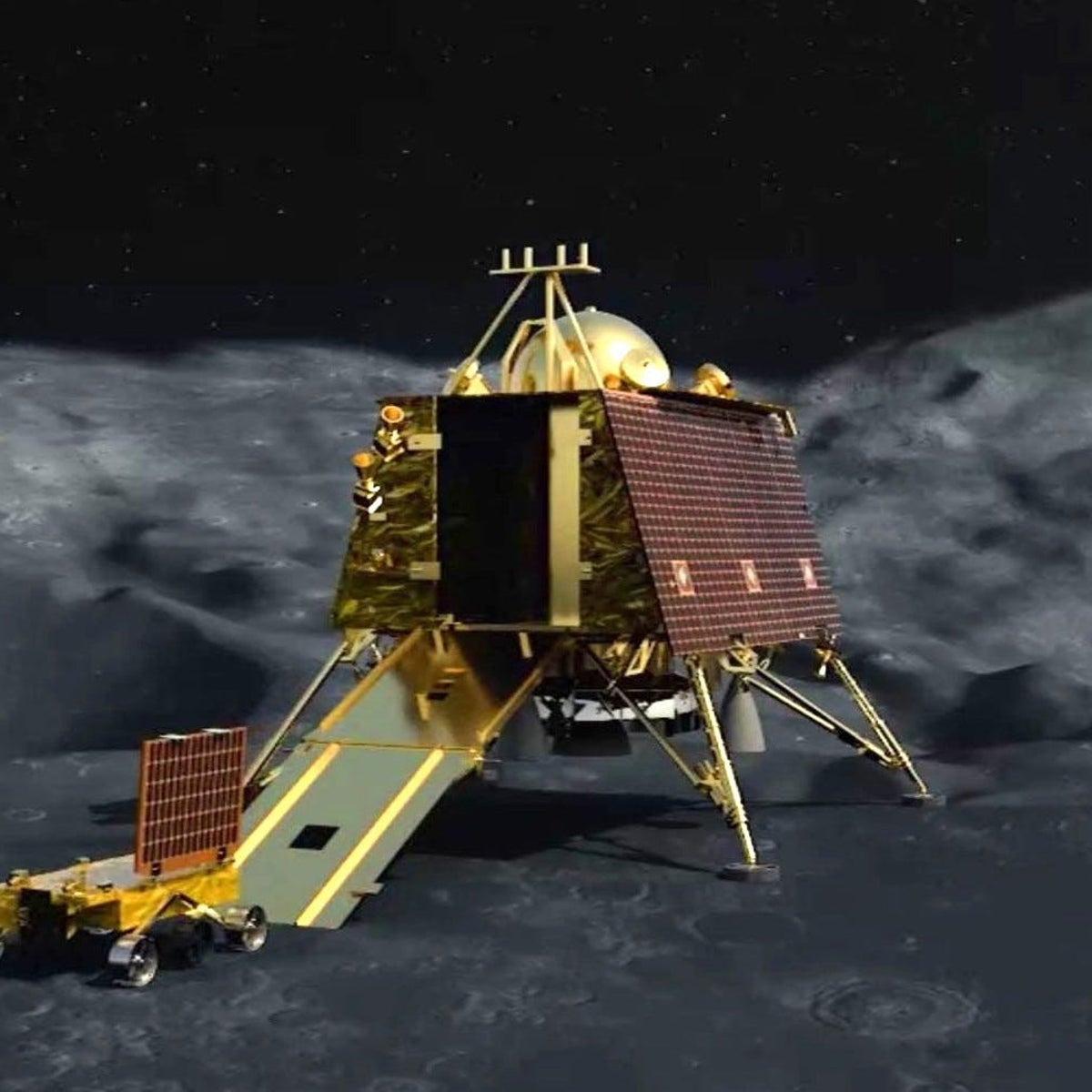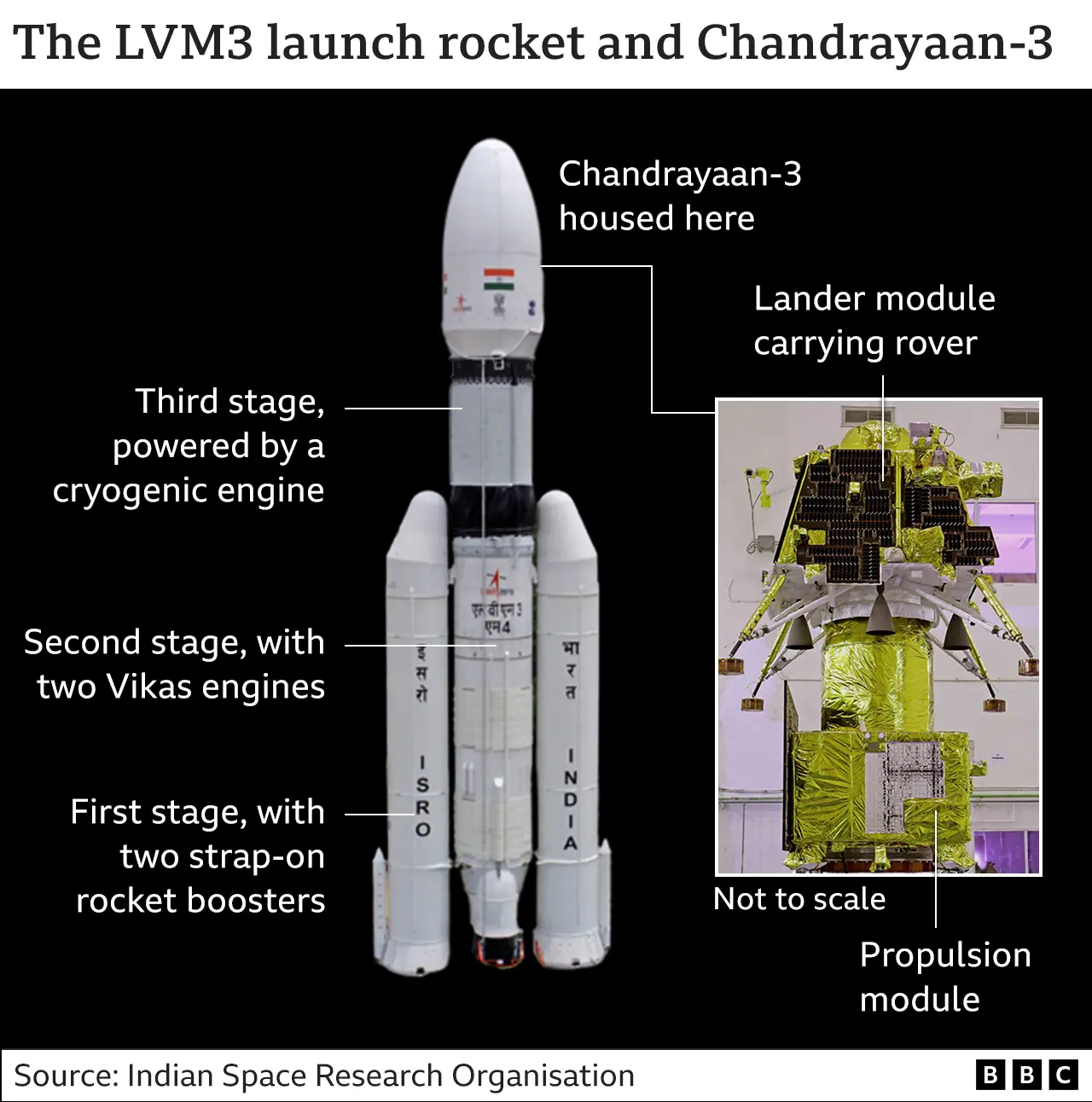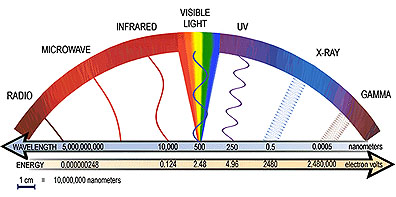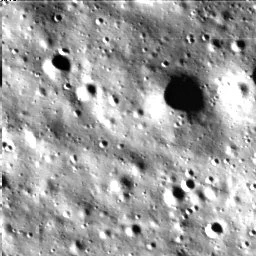Chandrayaan-3 Exploring New Frontiers
In a monumental leap for India's space exploration program, the Chandrayaan-3 spacecraft has achieved a remarkable feat by successfully landing on the southern region of the Moon. This mission marks India's significant advancement and makes it the fourth country to make such an accomplishment. Landing on the moon is a challenging process with invaluable benefits, which is why so many countries are planning to make landings on the Moon in the upcoming years. The Chandrayaan-3 mission builds upon the accomplishments of preceding mission and is capable of unearthing a wealth of scientific insights.
The lunar south is a region that has long aroused the curiosity of scientists and space enthusiasts alike. Unlike the widely explored northern hemisphere, the south presents a terrain that is unique and less familiar to us. Chandrayaan-3's successful landing promises to provide invaluable data about the geology, topography, and mineral composition of this unexplored lunar land. Such information holds the key to understanding the Moon's formation and evolution, shedding light on its rich history and potential significance for Earth as well.
Vocabubbleary: Topography is the study of the forms and features of land surfaces.
Now, let’s understand how the spacecraft works. Aside from the LVM3 launch rocket, Chandrayaan-3 comprised three main components: the propulsion module, the lander named Vikram and the rover Pragyan. The propulsion module’s purpose was to carry the lander module (LM) from the injection by the launch vehicle and separate the LM from it. The lander module contains four main scientific instruments which includes thermal and atmospheric instruments and a laser retroreflector array. The reflectors are used to measure the distance to the Moon from the Earth quite accurately. The high-intensity laser is fired towards the moon and scientists then measure the time taken for the light to reflect off the Moon and back to Earth. By knowing the speed of light, the time it takes allows scientists to calculate the distance. The rover also contains certain parts that use X-ray spectrometry in the identification of the composition of the lunar surface. This diagram shows the different parts in greater detail.
Vocabubbleary: X-ray spectrometry is a technique to detect and measure photons with wavelengths in the X-ray part of the electromagnetic spectrum.
The mission started off on July 14, 2023 when the spacecraft was launched from Sriharikota, India. The rockets then detached in 2 stages where firstly, the module entered the lunar orbit from the Earth’s orbit and when the LM carrying the rover separated from the propulsion module. The rest is history where the lander hits the surface of the south pole of the Moon. A few days before the landing on Monday, the lander of Chandrayaan-3 had started mapping the lunar surface with a hazard detection camera to locate an area without boulders or varying levels of elevation. The camera sent black-and-white images which were then used to decide a safe landing spot. The rover ramp has also been deployed by the team.
Vocabubbleary: Deployment means moving a spacecraft out of the launch vehicle and into the right trajectory or orbit.
As Chandrayaan-3 begins its mission of data collection and analysis, all of us await the groundbreaking revelations that it will reveal. From understanding the Moon's geological processes to gaining insights about what has shaped our solar system, the potential of this mission to further our understanding of the cosmos is boundless. Here are some images taken by the spacecraft so far from ISRO's twitter!
In conclusion, the successful landing of Chandrayaan-3 on the southern part of the Moon signifies a significant milestone for India's space program and the efforts put in by organizations globally. As we eagerly anticipate the data and discoveries that will emerge from this mission, we are reminded of humanity's unwavering spirit of exploration and the wonders that lie beyond our home planet!







Comments
Post a Comment